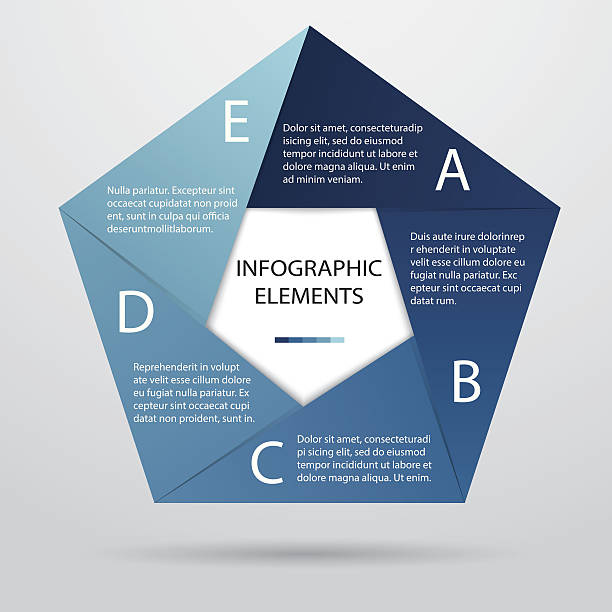
Creating effective educational content requires careful planning, organization, and consideration of your target audience’s needs. Whether you’re developing materials for a classroom setting, online courses, or educational resources, the following five tips can help you create content that is engaging, informative, and conducive to learning.
Understand Your Audience
Before creating any educational content, it’s crucial to have a deep understanding of your audience. Consider their age, educational background, interests, and learning preferences. Tailor your content to match the needs and expectations of your audience. For example:
Age Group: Content for children will differ significantly from content designed for adults. Use appropriate language, visuals, and examples based on your audience’s age.
Learning Styles: People have different learning styles—visual, auditory, kinesthetic, etc. Incorporate a variety of teaching methods to accommodate various learning preferences.
Prior Knowledge: Assess the previous knowledge of your audience. Build on what they already know and progressively introduce new concepts to ensure a smooth learning curve.
Set Clear Learning Objectives
Define clear and measurable learning objectives before creating any content. Learning objectives serve as a roadmap for both educators and learners, guiding the content creation process. Clearly outline what students should know or be able to do after engaging with your educational materials. Consider using Bloom’s Taxonomy for a comprehensive approach:
Remember: Recall information.
Understand: Explain ideas or concepts.
Apply: Use knowledge in new situations.
Analyze: Examine and break down news.
Evaluate: Assess and make judgments.
Create: Generate new ideas or products.
Use Engaging Multimedia
Incorporate a variety of multimedia elements to enhance engagement and understanding. Different people learn through other modalities, so combining text with visuals, audio, and interactive features can be highly effective. Some suggestions include:
Infographics and Diagrams: Visual aids can simplify complex concepts.
Videos and Animations: Demonstrate processes, experiments, or simulations.
Quizzes and Interactive Assessments: Reinforce learning through active participation.
Real-life Examples: Relate theoretical concepts to practical, real-world scenarios.
Promote Interactivity and Critical Thinking
Encourage active participation and critical thinking to deepen understanding. Interactive elements not only engage learners but also help in the retention and application of knowledge. Consider the following strategies:
Discussion Questions: Stimulate conversation and peer interaction.
Problem-Solving Exercises: Present challenges for students to solve.
Case Studies: Analyze real-world situations to apply theoretical knowledge.
Group Projects: Foster collaboration and teamwork.
Organize Content Effectively
A well-organized structure is essential for effective learning. Organize your content logically and sequentially, providing a clear path for learners to follow. Consider the following organizational tips:
Modular Structure: Break content into manageable sections or modules.
Clear Headings and Subheadings: Facilitate easy navigation and comprehension.
Consistent Formatting: Maintain a consistent style for a cohesive learning experience.
Progression of Difficulty: Gradually increase complexity to build on prior knowledge.
In conclusion, effective educational content requires a thoughtful approach that considers the audience, learning objectives, multimedia integration, interactivity, and organization. By implementing these tips, you can create educational materials that are not only informative but also engaging and conducive to meaningful learning experiences.





